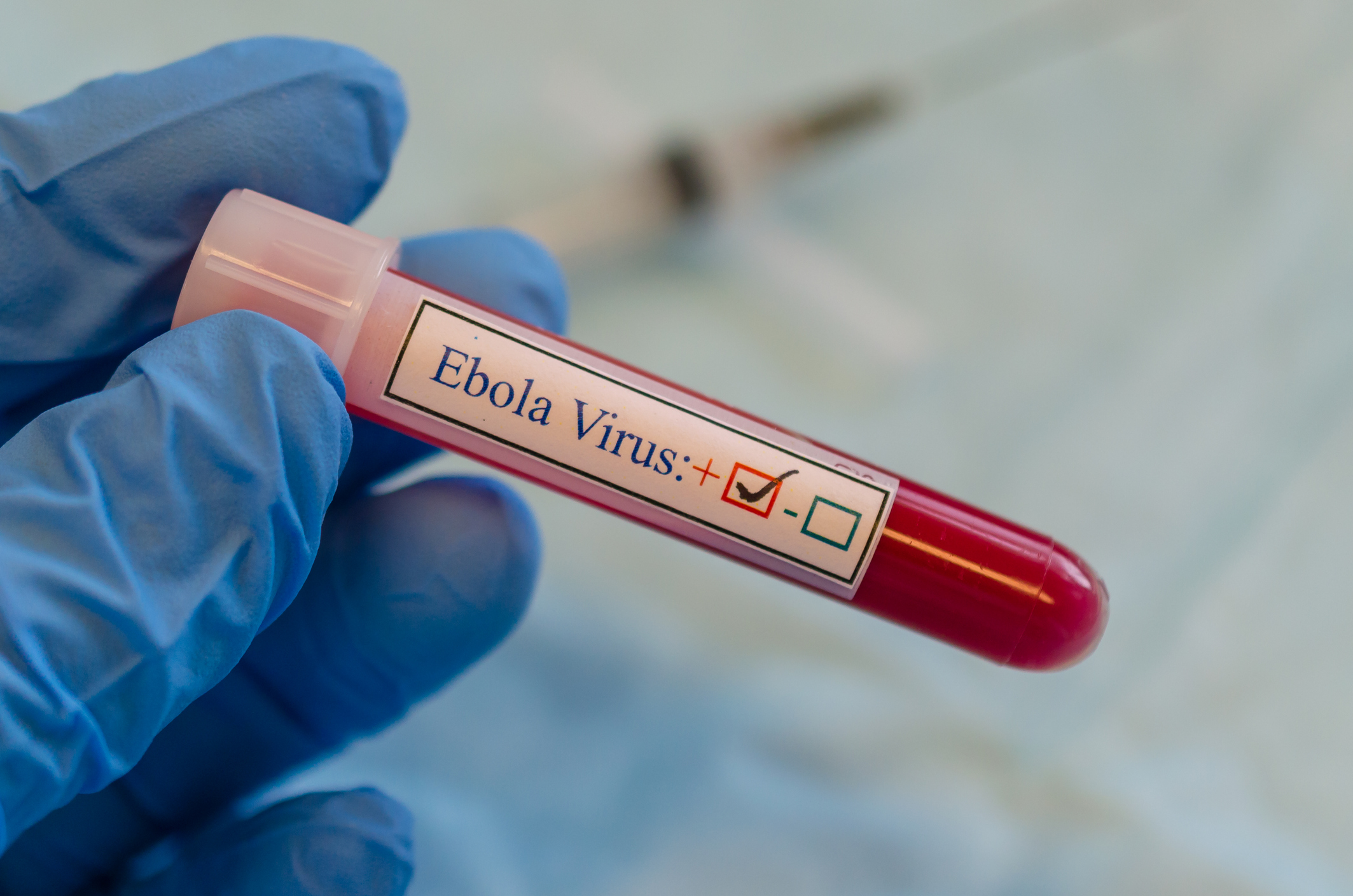
Communicable Diseases Series
Ebola Virus Update
According to the National Institutes of Health (NIH), a communicable disease is defined as an illness that is caused by bacteria or viruses which are spread from animal to animal, animal to person, or person to person (Edemekong & Huang, 2020). Not all communicable disease diagnoses are required to be reported to the health department. The goal of this series is to review the communicable diseases that are required to be reported to local, state, and federal agencies. To see which diseases are reportable in your state, refer to the statutes and health department regulations of the state in which you reside and/or practice.
Ebola Then and Now:
- The Ebola virus causes an acute, serious illness that when left untreated is often fatal. Ebola has been seen worldwide in the past and is currently active in the Democratic Republic of the Congo (DRC). The disease is named after the region where it was first recognized, an area around the Ebola River (Who.int, 2020).
Facts:
Ebola was first recognized in 1976 in the DRC. It became an issue in the United States in 2014. - Ebola virus disease, formerly known as Ebola hemorrhagic fever, is a rare but severe, often fatal disease in humans. The average death rate is 50% and ranges from 25% to 90%.
- The 1976 outbreak was two simultaneous outbreaks. Starting near the Ebola River and crossing borders in the DRC.
- The largest outbreak was the 2014-2016 outbreak which started in Guinea and spread worldwide.
- DRC: 28,610 cases, 11,308 deaths (48%)
- United States: 4 cases, 1 death (25%)
- 2018-2020
- DRC: 3481 cases, 2299 deaths (66%)
- Current outbreak is in the DRC with statistics pending.
What We Know:
- There are six species identified in the Ebola genus.
- Zaire-the most predominant strain
- Bundibugyo, Sudan, Tai Forest, Reston and Bombali
- Infected persons cannot spread the disease unless they are symptomatic.
- The incubation period is 2-12 days.
- Symptoms can be sudden.
- Initial symptoms - Fever, fatigue, muscle pain, headache sore throat
- Secondary symptoms - Vomiting, diarrhea, rash, impaired kidney and liver function, internal and external bleeding, with low white blood cells, low platelets, and elevated liver enzymes
- Treatment
- Supportive care: rehydration and specific symptom treatment
- Prevention
- Raising awareness of the risk factors
- Past outbreaks have taught us that this virus is transmitted from human to wild animals (fruit bats, chimpanzees, gorillas, monkeys, forest antelope or porcupines) and human to human transmission. Transmission is through close contact with blood, body fluids, and objects contaminated with body fluids. Transmission can be prevented using strict infection control precautions (Who.int, 2020).
Vaccines
- Past outbreaks have taught us that this virus is transmitted from human to wild animals (fruit bats, chimpanzees, gorillas, monkeys, forest antelope or porcupines) and human to human transmission. Transmission is through close contact with blood, body fluids, and objects contaminated with body fluids. Transmission can be prevented using strict infection control precautions (Who.int, 2020).
- There is a vaccine, rVSV-ZEBOV; which is currently being used in the DRC. Data from a major trial in Guinea with 11,841 participants shows among the 5837 people who received the vaccine, no Ebola cases were recorded 10 days or more after vaccination. In comparison, there were 23 cases 10 days or more after vaccination among those who did not receive the vaccine (Who.int, 2020).
- Raising awareness of the risk factors
It is Important to Note:
- Anyone with Ebola remains infectious as long as their blood contains the virus.
- Pregnant and breastfeeding mothers may transmit the virus to their infants even after recovery.
- Male survivors should practice safe sex and hygiene for one year from the onset of symptoms.
- Ebola may persist in the following sites even after recovery:
- Testes
- Inside the eye
- Central nervous system
- Placenta
- Amniotic fluid
- Breast milk
- (Who.int, 2020)
Community engagement is key to successfully controlling outbreaks. Raising awareness of risk factors and protective measures (including vaccination) is an effective way to reduce human transmission. (WHO.int, 2020).
Click on the links below to review the past articles in the Communicable Disease Series
Tuberculosis Update: Then and Now
References
Centers for Disease Control (CDC). (2020). Measles (Rubeola).




